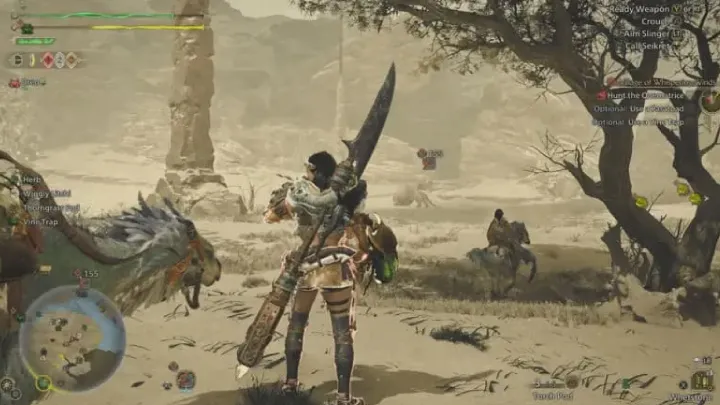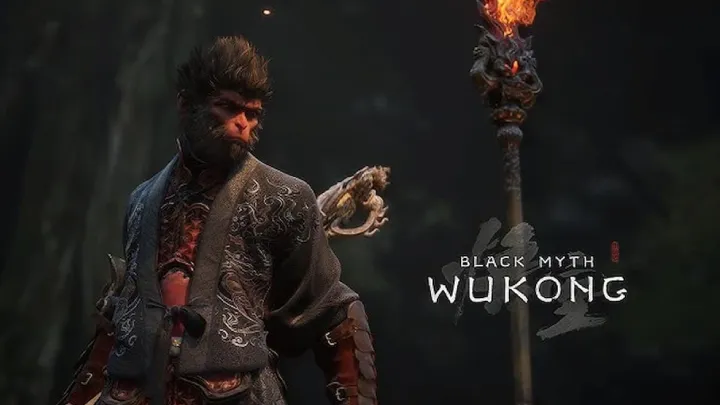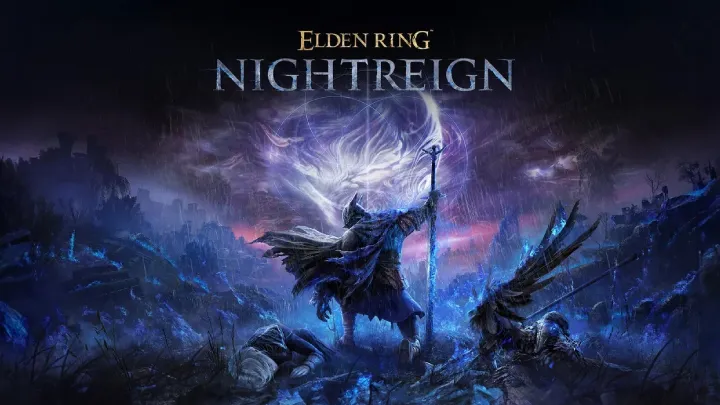Monster Hunter Wilds is one of the most ambitious entries in Capcoms legendary hunting franchise. With its dynamic open world, unpredictable ecosystems, and evolving monster behaviors, the game challenges players to think strategically and adapt quickly. Whether you are a newcomer or a longtime hunter, Wilds offers a deeper and more immersive experience that rewards preparation, awareness, and mastery.
This guide walks you through the complete journey of becoming a top tier hunter. Following a chronological and meaningful flow, you will learn how to understand the world, prepare for hunts, master weapons, track beasts, and eventually dominate endgame monsters. By the end, you will have the foundation required to thrive in the harsh but rewarding landscapes of Monster Hunter Wilds.
Understanding the Dynamic World of Monster Hunter Wilds

The world of Monster Hunter Wilds is more alive than in any previous entry. Weather changes, monster migrations, and shifting terrain all affect your hunts. Environments are not static maps; they react to time, climate, and the creatures living within them. Sandstorms decrease visibility but offer stealth opportunities. Nighttime can make some monsters docile while enraging others.
Understanding these dynamics is essential. Each biome has unique hazards and advantages. Some areas contain plants that release healing spores, while others have rocky cliffs perfect for aerial attacks. Monsters recognize territory lines, and larger predators can intrude during battles, creating chaotic but exploitable opportunities. Learning to observe and predict these interactions will give you a major advantage.
The ecosystem itself is a weapon. Monsters fight, hunt, and flee according to the food chain. If you guide a weaker monster into the path of a stronger aggressor, you can create moments for big damage. Using the natural world as part of your strategy elevates your hunting efficiency and makes each expedition more rewarding.
How to Prepare Before Each Hunt
Preparation shapes half the outcome of a hunt. Before heading out, stock up on essential items such as potions, mega potions, antidotes, whetstones, traps, and crafting mats. Running out of healing items during a fight can instantly lead to failure, so always double check your inventory.
Meals are another critical part of preparation. Eating before a hunt boosts your stats based on the ingredients chosen. If you are facing a fire aligned monster, select foods offering elemental resistance. If the fight demands stamina for constant dodging, choose meals that enhance endurance. Meal buffs can be the difference between success and fainting multiple times.
Gear inspection is equally important. Repair your armor, upgrade weapons, and craft any items you may need for the specific monster. Entering a hunt unprepared means fighting at a disadvantage from the start. Smart hunters take the time to prepare thoroughly.
Learning the Weapons and Choosing Your Playstyle
Monster Hunter Wilds offers a wide range of weapons, each suited for different playstyles. From swift and agile choices like Dual Blades to heavy hitting options like Greatsword or Hammer, every weapon requires practice and dedication.
Visit the training area to experiment with combos and movesets. Some weapons reward aggressive, close range play, while others demand patience and precision. Bows offer mobility and distance, while weapons like Charge Blade combine offensive power with technical depth.
Choosing a weapon is choosing an identity as a hunter. Mastery comes through repetition, understanding timing windows, and learning how to react to monster behaviors. Once you feel comfortable with a weapon, hunts become smoother and more engaging.
Navigating the Open World and Tracking Monsters
Tracking is more immersive in Wilds, relying on natural clues instead of glowing indicators. You will find footprints, claw marks, feathers, broken plants, or even smell trails that reveal the monsters direction. Developing an eye for these subtle signs helps you locate targets faster.
Mounts also play a major role. Your riding companion allows you to traverse large distances quickly, saving stamina and time. While riding, you can craft items, heal, or sharpen your weapon. This creates opportunities to prepare mid journey without stopping.
Efficient navigation saves valuable time and energy. Learning shortcut routes, climbing points, and environmental hazards helps you reach monsters at the perfect moment.
How to Engage Monsters in Battle
Combat in Monster Hunter Wilds is fluid, dynamic, and deeply satisfying. The key rule is to observe first, then strike. Every monster telegraphs its moves through posture, sound, or animation cues. Rushing in without studying these tells often results in unnecessary damage.
Positioning matters. Stay near the monsters flanks or behind it to avoid its strongest attacks. Only move in front of it when you are confident in your timing. Dodging, rolling, and spacing must be instinctive, forming the core of your survival mechanics.
Patience is vital. Many new players fail because they attack too aggressively without paying attention to enemy behavior. Smart hunters wait for openings, punish safely, and retreat before the monster retaliates.
Using Tools and Environmental Advantages

Tools elevate your efficiency in battles. Items like flash bombs, traps, slinger ammo, and healing boosters influence the flow of combat. Setting traps during key moments can immobilize the monster long enough to unleash powerful combos.
Environmental features are equally important. Rocks can be pushed to create falling debris. Slopes offer sliding attacks. Some plants explode or release stunning spores when struck. These natural elements can turn a difficult fight into a manageable one if used properly.
Experienced hunters learn to manipulate both tools and the environment to create favorable conditions.
Crafting Gear and Upgrading Equipment
Crafting is the backbone of progression. Every monster you defeat provides materials used to forge new armor and weapons. Each armor set grants different skills, resistances, and stat bonuses. Creating a set tailored to your weapon greatly improves performance.
Upgrading weapons remains essential as monsters grow stronger. Gathering rare materials from harder hunts allows you to unlock new tiers and special abilities. Long term progression revolves around maintaining strong gear that keeps up with monster difficulty.
A well built set changes the way you approach hunts. With the right skills and resistances, previously difficult monsters become manageable challenges.
Working with Companions and Multiplayer Strategy
Companions such as Palicoes provide valuable support. They can distract monsters, heal you, or set traps. Train your companion to enhance your playstyle. If you use slow weapons, a companion skilled in stunning enemies will create more openings.
In multiplayer, communication is king. Teams should coordinate roles. One player might focus on support, another on traps, another on consistent damage. Working as a unit increases your chances of overpowering tougher monsters.
Multiplayer hunts bring chaos but also opportunities. Monsters switch targets more frequently, allowing different hunters to exploit openings.
How to Defeat Large and Endgame Monsters
Large monsters require discipline and patience. They have multiple phases, each introducing new attacks. Study their weaknesses, element alignments, and breakable parts. Breaking horns, wings, or tails can weaken the monster or limit its abilities.
Endgame monsters are even more dangerous. They may enter enraged states, change environments, or unleash devastating ultimate attacks. At this stage, your survival depends on perfect dodging, precise timing, and total weapon mastery.
These monsters reward rare materials needed for the best gear, making the challenge worth the effort.
Mastering Builds and Long Term Hunting Strategy
Once you understand the fundamentals, build crafting becomes your next priority. Combine armor pieces to create skill sets that match your weapon style. For example, Greatsword users benefit from charge speed boosts, while bow players need stamina focused skills.
Long term mastery involves optimizing loadouts, crafting efficient farming routes, and predicting monster cycles. Veteran hunters study patterns, memorize weaknesses, and develop routines that save time and maximize rewards.
This is where true mastery appears. Knowledge, precision, and preparation merge to create a hunter capable of defeating any threat.
Conclusion
Monster Hunter Wilds is a challenging but deeply rewarding journey. Every hunt teaches you something new, whether about monsters, environments, or your own limitations. By learning weapons, understanding ecosystems, preparing intelligently, and crafting optimized builds, you can conquer even the fiercest beasts. With patience and practice, the world of Wilds becomes not just a place to explore, but a battlefield where you grow stronger with every fight.
Summary
A complete how to guide for mastering Monster Hunter Wilds, covering combat, gear, tracking, builds, preparation, and endgame strategies.

















